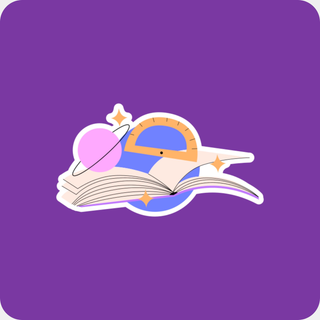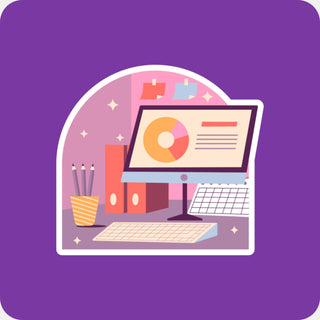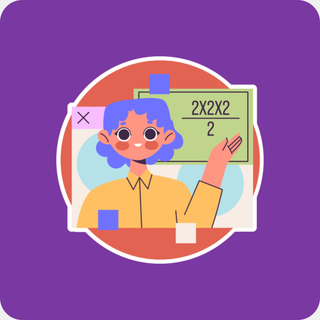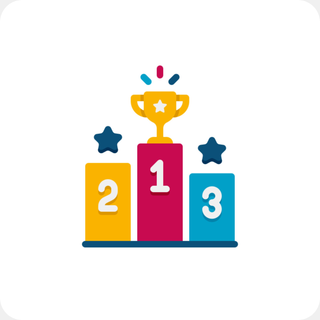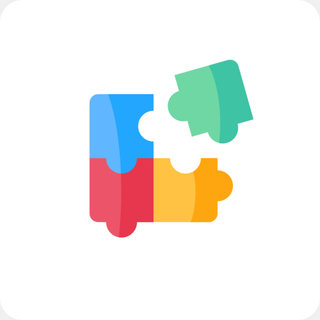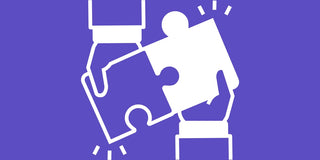Every person has a goal that they wish to chase and achieve. However, not all of them managed to break the finishing tape. This is even more relevant for students and career professionals with multiple balls to juggle. It never gets easy for them and hence, they must find a structure or framework that works for them.
There are three main parts to a goal: creating a list of prospective goals, selecting the ones to focus on and meticulously tracking them until they are accomplished. Let us comprehend some strategies that can help these target segments achieve feasible and attainable goals:
-
Setting SMART goals
They can use the SMART goals framework in order to succeed in their chosen objectives. The acronym stands for: - Specific - Define your objective with great clarity.
- Measurable - Evaluate the goal against a set of fixed metrics.
- Achievable - Ensure that the goal is realistic enough, according to the resources and traits you possess.
- Relevant - Check if the goal aligns with your bigger/long-term objectives in life
-
Time-bound - Establish a realistic deadline to keep yourself answerable.
A good instance of a SMART goal applicable to both students and working professionals is “I will obtain an A grade in the advanced course by the end of 10 weeks by studying for 3 hours every weekend". It is specific as there is clarity of the target, which is getting an A grade. Progress can be measured by tracking their scores in the weekly modules. It is achievable since there is a clear vision and study plan. It is relevant because it aligns with your broader objective of enhancing academic performance and upskilling in the case of professionals. The goal is time-sensitive, and set to be achieved within 10 weeks. It is critical to have this component while fixing goals, as it adds the element of urgency and facilitates better planning and progress.
-
Defining long-term goals
While setting short-term goals is essential, having the big picture will help align the former to aid the fulfilment of long-term goals. This involves proactively planning for the upcoming school year. It can also be obtaining specific grades in advanced courses. For 12th-grade students, it can be associated with job goals, college admissions, or even scholarship applications.
-
Identifying and securing the right resources
This forms the ‘how’ part wherein you will need to acquire appropriate resources to aid you in pursuing your goal. The internet will come in handy here as it has thousands of articles, books, or videos to support your learning journey. Google Scholar can be a huge asset for students as it has a huge number of books and peer-reviewed articles. Career professionals can use e-learning platforms to their advantage and upskill themselves with necessary technical and soft skills.
-
Evaluating and adjusting goals regularly
Progress tracking is a key component in the success of your goal. Do not take it lightly and be meticulous about it. Benchmark your metrics at regular intervals and see where you stand. Make the required changes to ensure that you are back on track. The benefit of this exercise is it will demonstrate where you stand with respect to your end goal and what you will need to work on to perform better.
Adopting a structure or framework will make goal-setting easy while using the right resources and evaluating development consistently will ensure that you are on the road to success. This may get overwhelming at times - hence, take a pause and acknowledge that you have come a long way from the starting point. That will give you enough motivation to proceed further and break the proverbial finishing tape.







